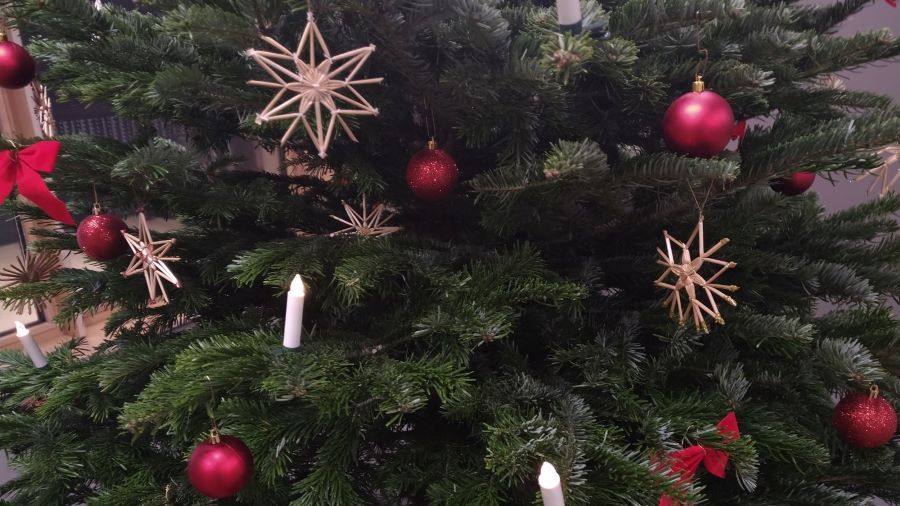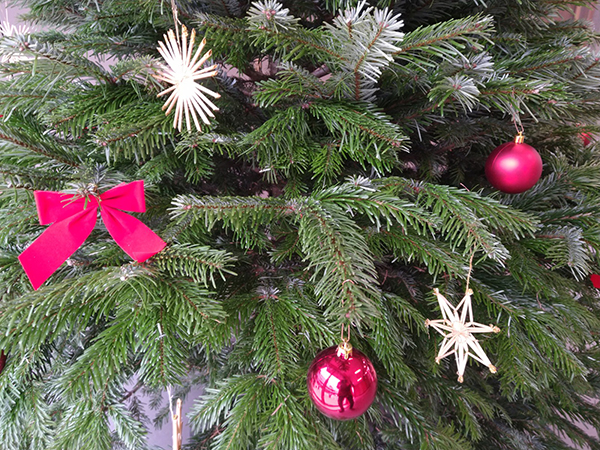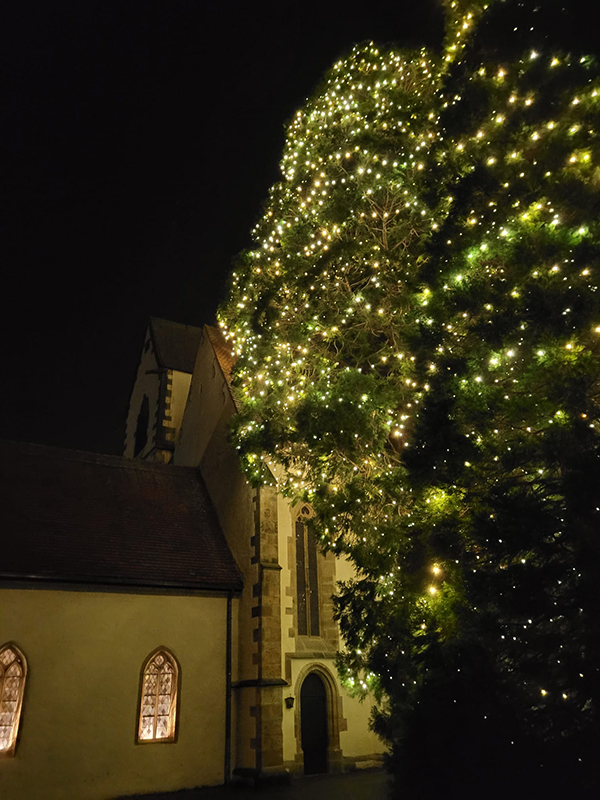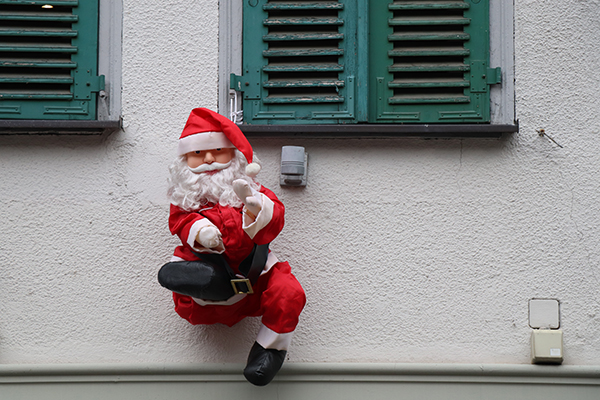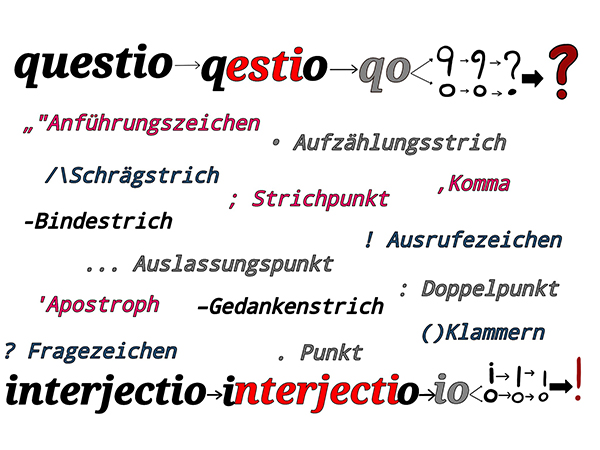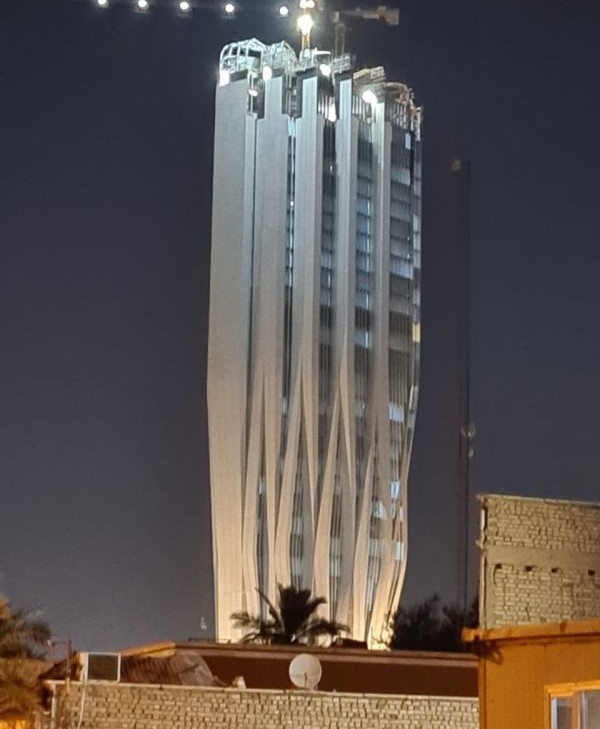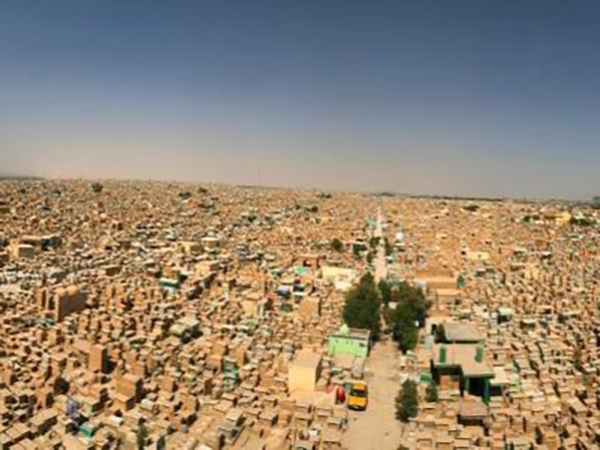With the changeover of the calendar from Julian to New Julian, Ukrainians celebrate Christmas on 25 December this year. Previously, the festival was on 7 January. Christmas is considered the second major holiday after Easter. It is usually celebrated with the family. There are many traditions and rituals associated with Christmas. The most important of these are fasting, Christmas Eve and the singing of Christmas carols. Fasting: The Christmas fast begins 40 days before Christmas. It is one of the longest periods of fasting. During the Christmas fast, all types of fruit and vegetables, mushrooms, pulses and cereal products may… Read More
Category: Diverse
Christmas: Stories of the Christ Child and Father Christmas
In Germany, children—and adults too, of course—traditionally receive their presents on the evening of 24 December, on Christmas Eve. In most families, they are then placed under the Christmas tree in the living room, which is decorated with colourful baubles and candles or fairy lights. These are usually fir or spruce trees that have been felled for Christmas. The explanation of who brought the presents varies depending on the region and the prevailing confession. In southern Germany, children are usually told the story of the Christ Child: The Christ Child places the presents under the tree without being seen. He… Read More
Christmas tree giant in Bronnweiler
By Reem Kamel-Al Sagheer and Brigitte Gisel Bronnweiler is home to one of the largest Christmas trees in Germany. When last measured last year, the giant tree in the Reutlingen district was 34 meters tall and grows right next to St. Mary’s Church. During the Advent and Christmas season, it is illuminated daily with 3,000 electric LED bulbs. Christmas trees are a festive tradition that unites millions of people around the world every year in Christian countries. The Bronnweiler tree towers several meters above the church tower and is positioned close to the church wall, writes the Protestant parish on… Read More
Where St Nicholas puts presents under the pillow
In Germany, St Nicholas’ main task is to fill boots: Children place boots in front of the door on the night of 6 December and hope that St Nicholas will leave them with sweets and small gifts overnight. However, for some families he only arrives on the evening of St Nicholas’ Day itself: he wears a red coat, a beard and a red hat and hands over the presents personally or reminds children to work harder at school, for example. The rod with which he—or his companion Knecht Ruprecht—threatened previous generations remains outside the door. Christian churches commemorate the anniversary… Read More
Customs in the Advent season
The Advent season in Germany has many traditions and customs. Advent means “the coming of God”, referring to the birth of Jesus Christ, which many people in Germany celebrate on December 24th. Advent begins on the first Sunday after November 26th and is then celebrated on all four Sundays until Christmas. The celebrations have many customs. One of them is the Advent wreath, a beautifully decorated wreath made of fir branches with four candles on it. One candle is lit every Sunday, so that all four candles are lit by Christmas. Another custom, especially for children, is the Advent calendar,… Read More
The history of punctuation: How punctuation marks became increasingly important
By Oula Mahfouz Punctuation marks – periods, commas, colons, question marks, semicolons (semicolons), brackets, exclamation marks, dashes and quotation marks – are all essential in written communication. They are used to organize texts and make it possible to express thoughts and feelings precisely. Conversely, punctuation marks help considerably to understand texts and to be able to read them out loud. Without punctuation, many sentences are ambiguous and the internet is full of example sentences that can only be understood if a comma is inserted. The history of punctuation spans many centuries and is closely linked to the respective language and… Read More
Zaha Hadid: Ingenious architect with oriental roots
By Sameer Ibrahim Zaha Hadid (1950–2016), an Iraqi architect with British revolutionized the world of architecture and has left a visible mark in many cities around the world. She grew up in Baghdad in a wealthy family. Her father, Muhammad Hadid, was a prominent politician and former finance minister of Iraq. Even as a child she redesigned her own children’s room, which was used by a carpenter as a model for many other children’s rooms in Baghdad. At the age of eleven she wanted to become an architect. Zaha Hadid is known for her futuristic and unmistakable style. In an… Read More
German words from all over the world
By Ute Kaiser Rana and Nour are studying for their B2 exam. This is exhausting because the German language is complicated. That’s why the two women need a break. They sit on a sofa and nibble pistachios. Rana and Nour don’t need to know that sofa and pistachio were not originally German words. Sofa was adopted from Arabic like Bedouin, Kadi, mattress, saffron and many other terms. Pistachio, like pajama, paradise and pasha, comes from Persian. These words usually have a long migration behind them. They entered the German language via Greek, Latin and Italian. All words borrowed from other… Read More
End of August: “Blue Moon” and Supermoon
In the night from August 30 to 31 there is something special to marvel at in the sky in Germany: the supermoon and at the same time”Blue Moon”. Supermoon is the name for a full moon that appears larger and brighter than normal because the earth and the moon come especially close to each other. The moon is then only about 356,000 kilometers away from the earth, otherwise the distance can be up to 406,000 kilometers. The difference in distance is due to the fact that the moon orbits the Earth not in a circle, but in an ellipse, i.e.… Read More
The world’s largest cemetery is near Baghdad
By Sameer Ibrahim The Wadi Al-Salaam cemetery near Najaf in the southwest of the Iraqi capital Baghdad is one of the most important burial sites for Shiite Muslims and also the largest cemetery in the world. According to estimates, there are more than five million graves there, many times the population of the city of Najaf of one and a half million. Millions of Shiites make a pilgrimage to the cemetery every year, from all over the world and also from Iran. The cemetery is on Iraq’s proposed list of UNESCO World Heritage Sites. People have been buried in the… Read More

